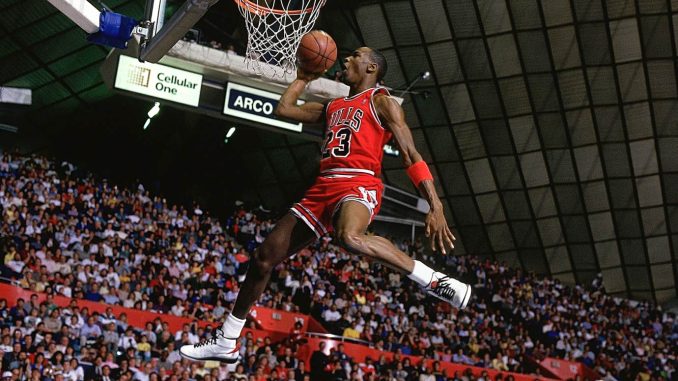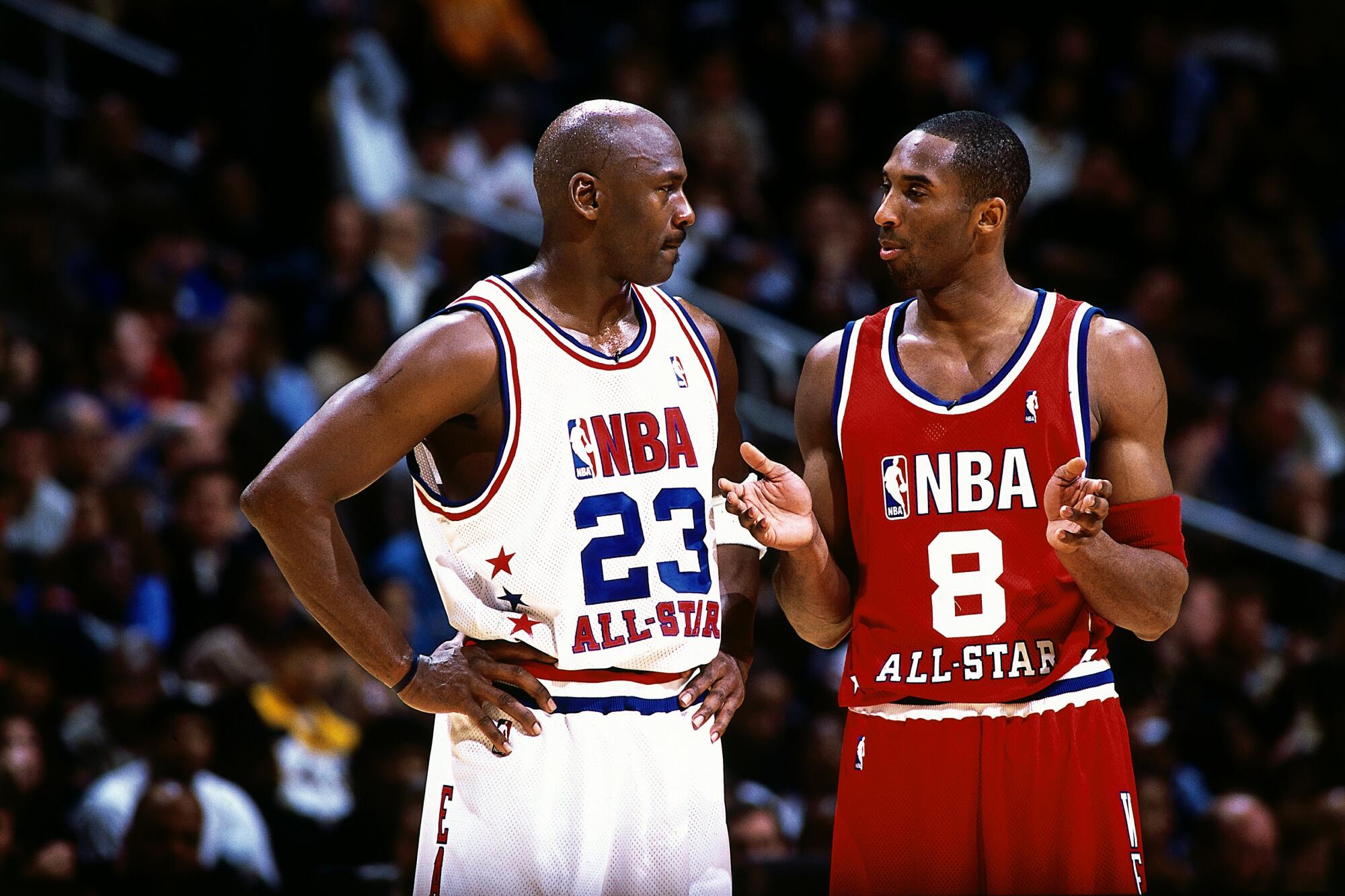
It was just 15 seconds. But those 15 seconds in 1982 changed sports forever. When a 19-year-old Michael Jordan sank a 16-foot game-winner to clinch the NCAA championship for the North Carolina Tar Heels, the world didn’t yet know they were witnessing the birth of a legend. One man did. His name was Sonny Vaccaro, and his gamble on Jordan would alter the course of basketball, sneaker culture, and marketing history.
A Moment Frozen in Time
Picture this: The Louisiana Superdome, New Orleans. The clock ticks down. A young Jordan, just a freshman, pulls up for a jumper and drains it. North Carolina wins. Sonny Vaccaro, a grassroots basketball promoter and marketing executive, watches from the stands and has an epiphany.
“That shot changed the world because of what Michael Jordan became,” Vaccaro, now 85, told BBC Sport. “When he took the shot, it convinced me that he would take any shot in the world.”
But back then, Jordan was just a kid with potential. Vaccaro saw more than that—he saw a star.
Nike’s Gamble
Fast forward two years. Vaccaro, now working for Nike, is pitching an audacious idea: spend the company’s entire basketball endorsement budget on a relatively untested 21-year-old who had never played an NBA game. His bosses weren’t convinced.
And why would they be? Nike’s competitors were throwing money at established stars like Magic Johnson. Betting it all on a rookie? Sounds like something you’d try in a video game. Yet Vaccaro persisted.
“Phil Knight [Nike’s CEO] wasn’t satisfied until the last minute,” Vaccaro admitted. But when the deal was signed, it was historic: $250,000 a year for five years, plus a cut of sales. It was bold, it was risky, and it was about to change the game.
No Jordan, No Nike
Jordan entered the NBA in 1984, and by 1985, Nike’s new Air Jordan line had sold $100 million worth of shoes and merchandise. Yes, $100 million. From a 21-year-old rookie.
“If there is no Michael Jordan, you wouldn’t even be talking about a Nike shoe company,” Vaccaro said.
Jordan didn’t need to hold up the shoe in ads and say, “Wear this.” He wore it, played his heart out, and made you want to be like Mike. He won six NBA championships, five MVP awards, and redefined the concept of athlete endorsements. Today, Nike is worth nearly $30 billion. Not bad for a company that used to just make running shoes.
The Domino Effect
Vaccaro didn’t stop at Jordan. He went on to spot other future legends like Kobe Bryant, whom he signed to Adidas at just 18 years old. Kobe left an impression early on, once apologizing to Vaccaro at 16 for not winning MVP at his summer camp.
“He was the mot confident, outward person I’ve ever been around in my life,” Vaccaro recalled.
Then there was Tracy McGrady, a high schooler who almost didn’t get invited to Vaccaro’s 1996 ABCD camp. He showed up and left as the number one player, soon becoming a seven-time NBA All-Star.
A Legacy Written in Sneakers
Without Vaccaro, who knows what might have happened? What if he hadn’t bet it all on Jordan? What if he hadn’t invited McGrady? What if Kobe had signed elsewhere?
Vaccaro’s story is filled with these “what if” moments. “One no and this life is over,” he mused. “You’d be looking for someone else to interview.”
Instead, we get to look back at a legacy that changed the world of sports marketing. One shot. One gamble. One legend.
And the rest, as they say, is history.


Leave a Reply